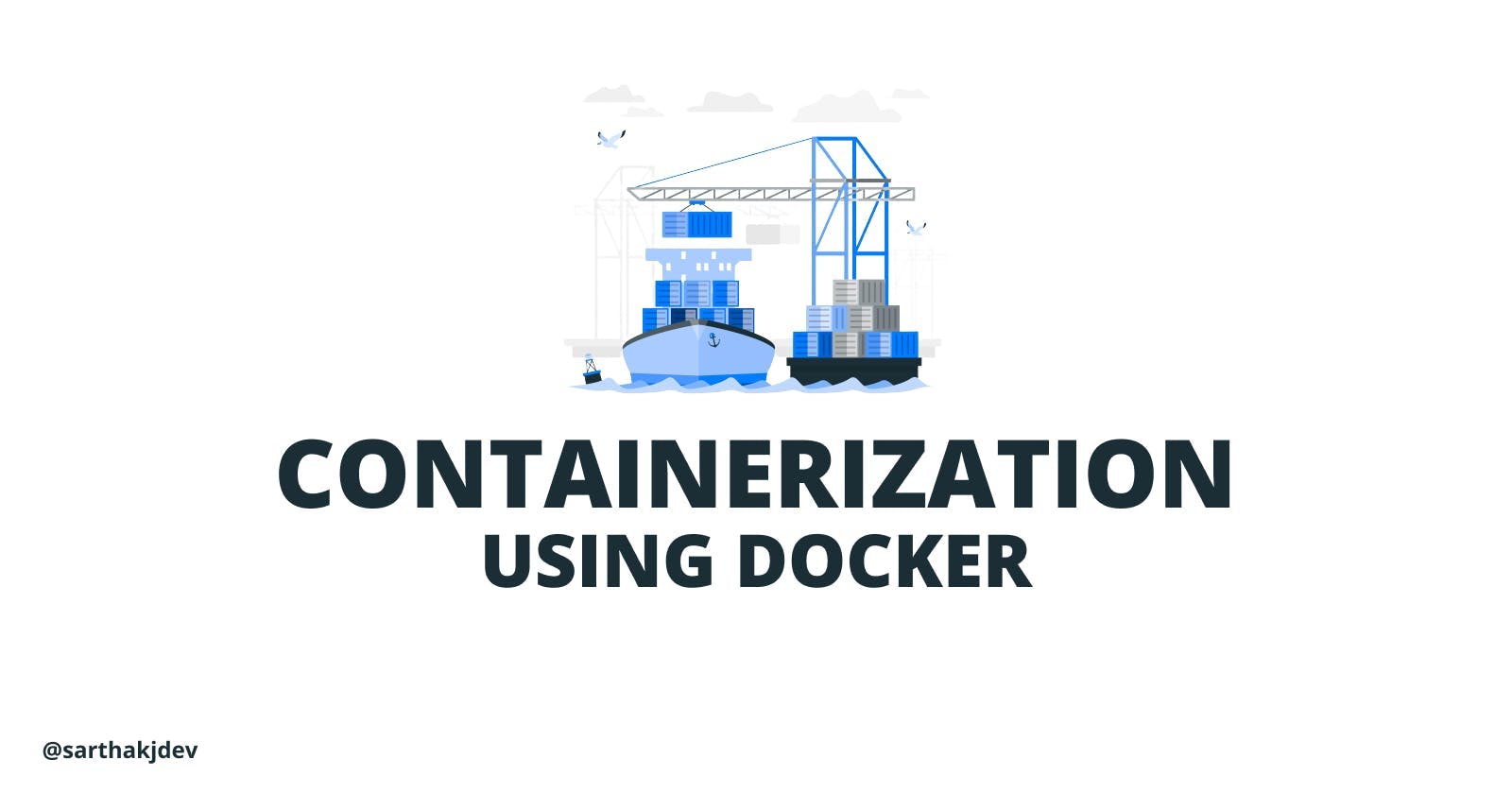Containerization with Docker: A Developer's Guide
Unlocking the Power of Containerization: A Developer's Perspective
Table of contents
Introduction
As a software developer, I've had my fair share of encounters with the challenges of managing applications and their dependencies. It often felt like chasing a moving target - different environments, library versions, and system configurations. This is where containerization with Docker comes to the rescue. In this blog post, I'll guide you through the world of Docker, sharing my experiences and insights on how it can revolutionize your development and DevOps workflows.
What is Docker?
Let's start with the basics. Docker is an open-source platform that enables you to develop, ship, and run applications in containers. Containers are lightweight, standalone, and portable environments that encapsulate everything your application needs to run, including code, runtime, libraries, and system tools. Think of them as isolated compartments where your applications can thrive, regardless of the underlying infrastructure.
Creating and Managing Containers
Now, let's roll up our sleeves and dive into the practical aspects of Docker. Here are the essential steps to create and manage containers effectively:
1. Installing Docker
The first step is to install Docker on your development machine. Head over to the official Docker documentation for detailed installation instructions tailored to your platform.
2. Pulling Docker Images
Docker relies on images, which are pre-packaged application environments. You can pull images from the Docker Hub or create your custom ones using Dockerfiles. For instance, let's pull a popular Nginx image:
docker pull nginx
3. Running Containers
Now, it's time to run a container from an image:
docker run -d -p 8080:80 nginx
This command runs an Nginx container in detached mode, mapping port 8080 on your host to port 80 in the container.
4. Managing Containers
You can list running containers, stop them, or remove them when they're no longer needed. Here are a few useful commands:
docker ps # List running containers
docker stop <container_id> # Stop a container
docker rm <container_id> # Remove a container
Docker in DevOps Workflows
As a DevOps practitioner, I've witnessed how Docker can streamline the software development lifecycle. Here are some key ways Docker enhances DevOps workflows:
1. Consistency
Docker ensures that development, testing, and production environments are consistent. What you build and test locally is what gets deployed, reducing "it works on my machine" issues.
2. Scalability
Docker makes it easy to scale your application by spinning up additional containers when traffic increases, ensuring high availability and efficient resource utilization.
3. Continuous Integration/Continuous Deployment (CI/CD)
Docker integrates seamlessly with CI/CD pipelines. You can build, test, and deploy Docker images as part of your automated CI/CD process.
4. Version Control
Docker images can be versioned, enabling you to roll back to previous states if a new release introduces unexpected issues.
Conclusion
In this blog post, I've shared my experiences as a software developer with Docker, introducing you to the world of containerization. We explored the fundamentals of Docker, learned how to create and manage containers, and delved into its role in DevOps workflows.
Docker has revolutionized the way we build, ship, and run applications, making them more portable, scalable, and maintainable. By incorporating Docker into your development and DevOps practices, you're taking a significant step toward smoother, more efficient software delivery.
So, whether you're a seasoned developer or just starting your journey, give Docker a try, and witness the transformation it can bring to your development processes.
